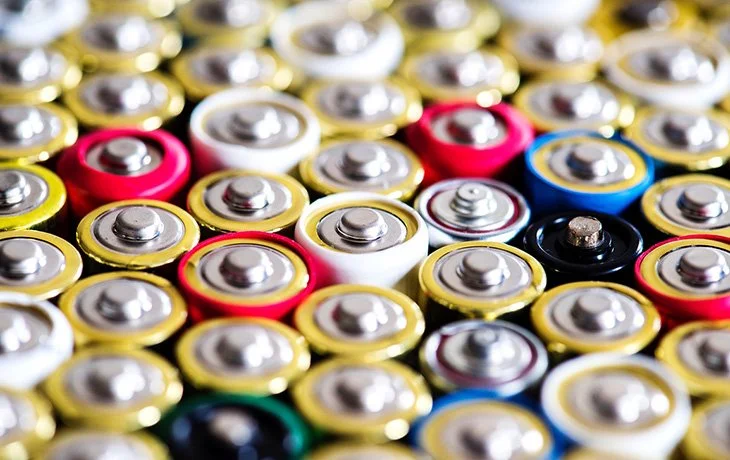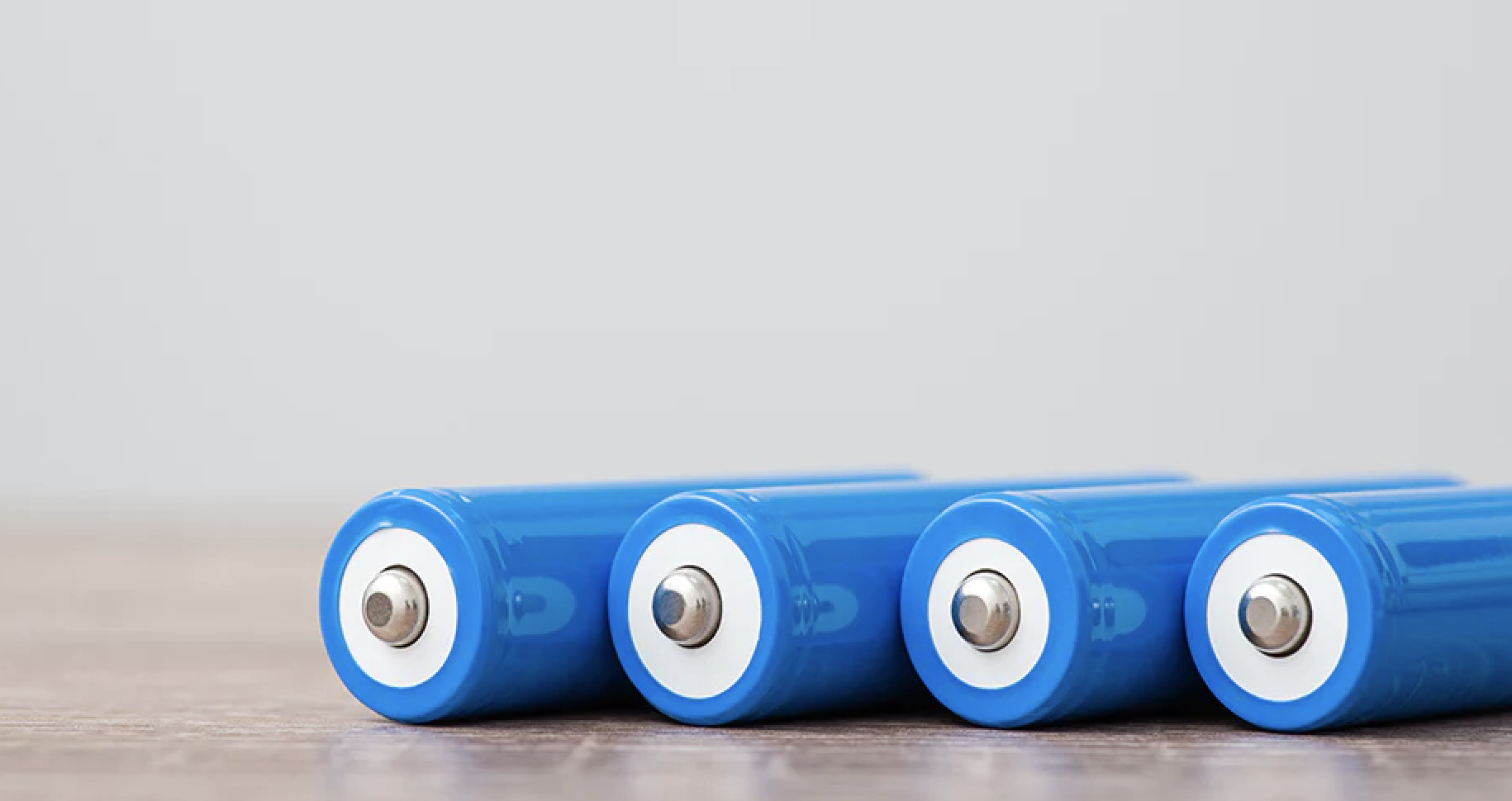Maximizing Shelf Life: Understanding Battery Storage for Lithium-Ion Batteries
Battery storage is an essential component of many modern devices and systems. Whether it's your smartphone, laptop, or electric vehicle, lithium ion batteries are commonly used to power these devices. However, you may be wondering how long these batteries can be stored and how you can extend their shelf life. In this article, we will discuss how long these batteries last, explore the world of li-ion battery storage, and provide valuable insights on how to properly store and care for your batteries.
What is Battery Storage?
Battery storage refers to the act of preserving and storing batteries when they are not in use. This is particularly important for lithium batteries, which have specific storage requirements to maintain their performance and longevity. When batteries are not being used, proper storage techniques ensure that they can be stored safely and ready for use when needed.
Battery storage works by ensuring that batteries are kept in optimal conditions to maintain their performance and longevity. This includes storing batteries at the correct temperature, avoiding extreme temperatures, and maintaining an appropriate charge level. By following proper storage practices, you can prolong the shelf life of your batteries and ensure they are ready for use when needed.
The length of time batteries can be stored depends on various factors, including the type of battery, storage conditions, and battery chemistry. Generally, lithium ion batteries can be stored for several years if stored correctly. However, it is worth noting that all batteries have a shelf life, and over time, their capacity may degrade even if they are not being used. Proper storage practices can help maximize the storage life of the batteries.
What are the Benefits of Battery Storage?
Battery storage offers several benefits, including:
Prolonged battery life: Storing batteries properly helps to extend their overall lifespan.
Convenience: Having fully charged batteries ready for use whenever you need them.
Savings: By maximizing the life cycle of your batteries, you can reduce the frequency of purchasing replacements.
Safety: Properly storing batteries reduces the risk of leakage, overheating, or other potential hazards.
What is Battery Shelf Life?
Battery shelf life is the length of time it can be stored and still be considered operational. It is important to note that shelf life is different from the battery's overall lifespan. Shelf life specifically refers to how long a battery can be stored while still maintaining its original capacity and performance. When a battery has expired, it means that the chemical reactions inside the battery can no longer produce enough power to be used effectively. This doesn’t mean that you need to replace your battery immediately – most expired batteries will still work, but they won’t be as efficient as they once were.
The shelf life of a battery is determined by the battery manufacturer based on various factors such as battery chemistry, construction, and storage conditions. The date printed on the battery often indicates the manufacturing date, and it can be used as a reference point for determining the shelf life.
What Factors Affect Battery Shelf Life?
Several factors can affect the shelf life of a battery. These include:
Type of battery: Different types of batteries have different shelf lives. For example, primary batteries (such as alkaline batteries) generally have a longer shelf life compared to rechargeable batteries.
Storage temperature: Temperature plays a crucial role in battery shelf life. Extreme temperatures, both hot and cold, can degrade battery performance and reduce their overall storage life.
Self-discharge rate: Some batteries, such as nickel-based batteries, have a higher self-discharge rate, which affects their shelf life.
How Can Battery Shelf Life be Extended?
To extend battery shelf life, consider the following tips:
Store batteries in a cool, dry place: Avoid exposing batteries to extreme temperatures and humidity.
Remove the battery from devices when not in use: This prevents any potential drain on the battery due to device components.
Ensure proper charge level before storage: For rechargeable batteries, store them at around 50% charge to prevent over-discharge or overcharging.
Follow the manufacturer's recommendations: Battery manufacturers often provide specific guidelines for proper storage practices. Follow these guidelines to maximize shelf life.
How Does Self Discharge Affect Lithium-ion Batteries?
Battery self-discharge is a phenomenon where a battery's charge gradually decreases over time, even when not in use. It occurs in all types of batteries, including lithium-ion batteries. Understanding how self-discharge affects lithium-ion batteries is crucial for proper storage and maintenance. This often occurs due to various chemical reactions within the battery and can be influenced by factors such as temperature and battery chemistry.
Self-discharge can impact the performance and longevity of lithium-ion batteries. When stored for an extended period, lithium-ion batteries naturally self-discharge, causing the capacity of the battery to decrease. This is especially true if the batteries are stored at high temperatures, as elevated temperatures accelerate the self-discharge rate.
Self-discharge rates vary among different battery types. For example, nickel-based batteries, such as nickel-cadmium (NiCd) or nickel-metal hydride (NiMH) batteries, have a higher self-discharge rate compared to lithium-ion batteries. Lithium-ion batteries, on the other hand, have a relatively low self-discharge rate, allowing them to be stored for a longer period without significant capacity loss.
How to Store Lithium-ion Batteries Properly?
When it comes to battery shelf life, how you store the batteries is very important. Batteries and their content do best when stored in a cool or room-temperature environment. Proper storage of lithium-ion batteries is essential to maximize their performance and shelf life. Some of the best ways to store lithium-ion batteries for energy storage are as follows:
Temperature: Store lithium-ion batteries in a cool, dry place with a temperature range between 0°C and 25°C (32°F and 77°F).
Avoid extreme temperatures: Do not expose lithium-ion batteries to excessive heat or cold, as it can degrade battery performance and potentially cause damage.
Avoid direct sunlight: Keep batteries away from direct sunlight, as prolonged exposure to sunlight can also impact battery performance.
Lithium-ion batteries should be stored at a moderate charge level, ideally around 40% to 60% capacity. Storing them fully charged or fully discharged for long periods can decrease battery performance and overall shelf life. It is also important to note that lithium-ion batteries naturally self-discharge, so periodic recharging may be necessary if storage is prolonged.
How Should Lithium-ion Battery Packs be Stored?
If you are storing lithium-ion battery packs, follow these additional guidelines:
Store battery packs separately: If possible, remove the battery packs from the devices and store them separately to prevent any potential damage or drain on the battery due to residual device components.
Check voltage periodically: Monitor the voltage of stored battery packs periodically to ensure they are not discharged below a safe level. If the voltage drops too low, recharge the battery pack to prevent over-discharge.
How Does Battery Storage Temperature Affect Battery Life?
Battery storage temperature has a significant impact on battery life and performance. Understanding the ideal storage temperature for different types of batteries is crucial for maintaining their functionality. The ideal storage temperature range for lithium-ion batteries is typically between 0°C and 25°C (32°F and 77°F). Storing batteries within this temperature range helps to minimize self-discharge and maintain battery performance over time.
High temperatures can significantly impact battery capacity and lifespan. Exposing batteries to high temperatures, such as those above 40°C (104°F), can accelerate self-discharge, leading to reduced capacity and overall battery life. It is important to avoid storing batteries in hot environments or exposing them to direct sunlight.
Lead acid batteries have different storage temperature requirements. The recommended storage temperature range for lead acid batteries is typically between 10°C and 25°C (50°F and 77°F). Storing lead acid batteries within this range helps to maintain their capacity and extend their overall lifespan.
Conclusion
Proper storage practices are vital to maximize the shelf life of lithium-ion batteries. Factors such as temperature, self-discharge rates, and charge levels play a crucial role in battery performance and longevity. By following the recommended storage conditions and guidelines, you can ensure your batteries are ready for use when you need them, while also prolonging their overall lifespan and saving on replacements.


